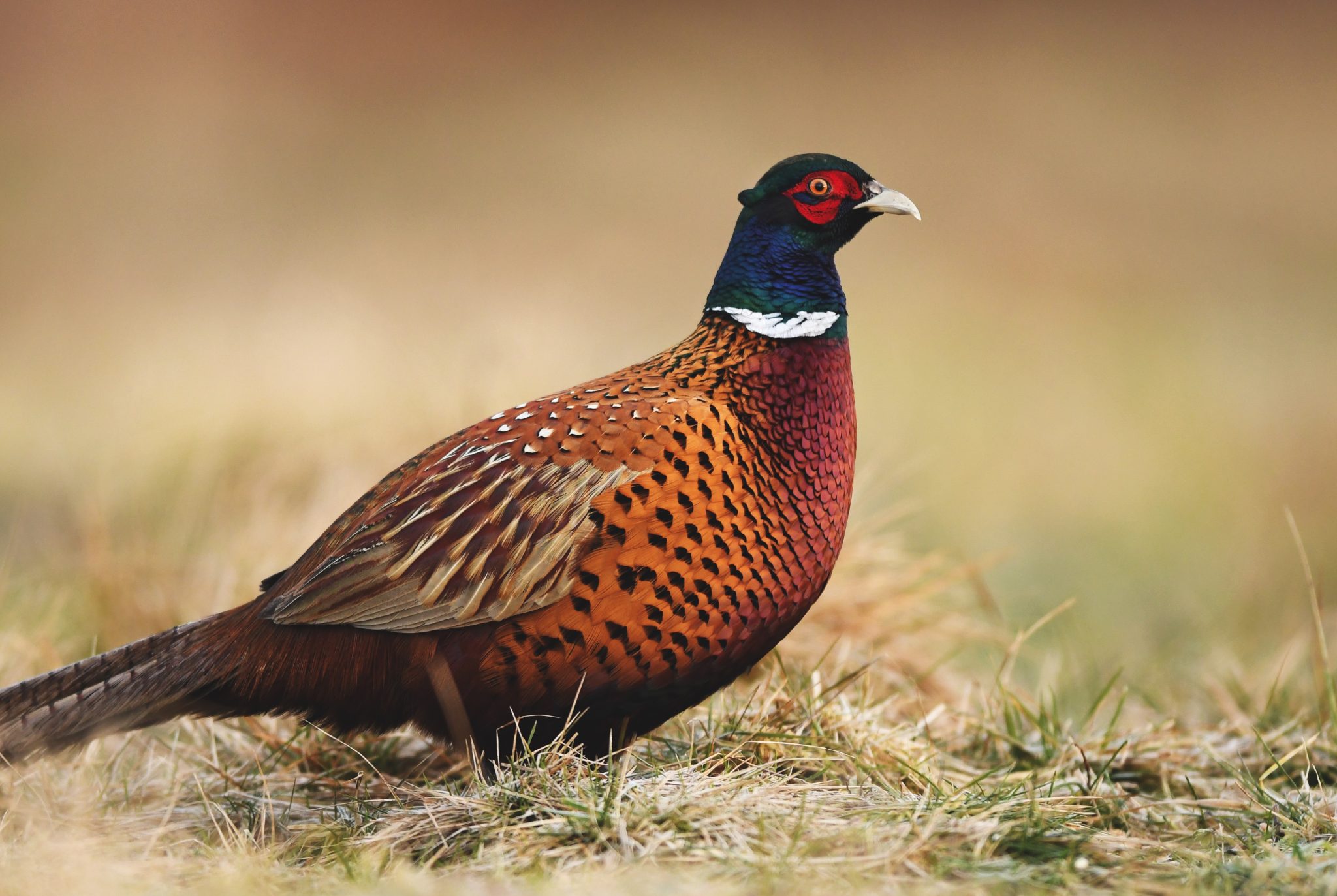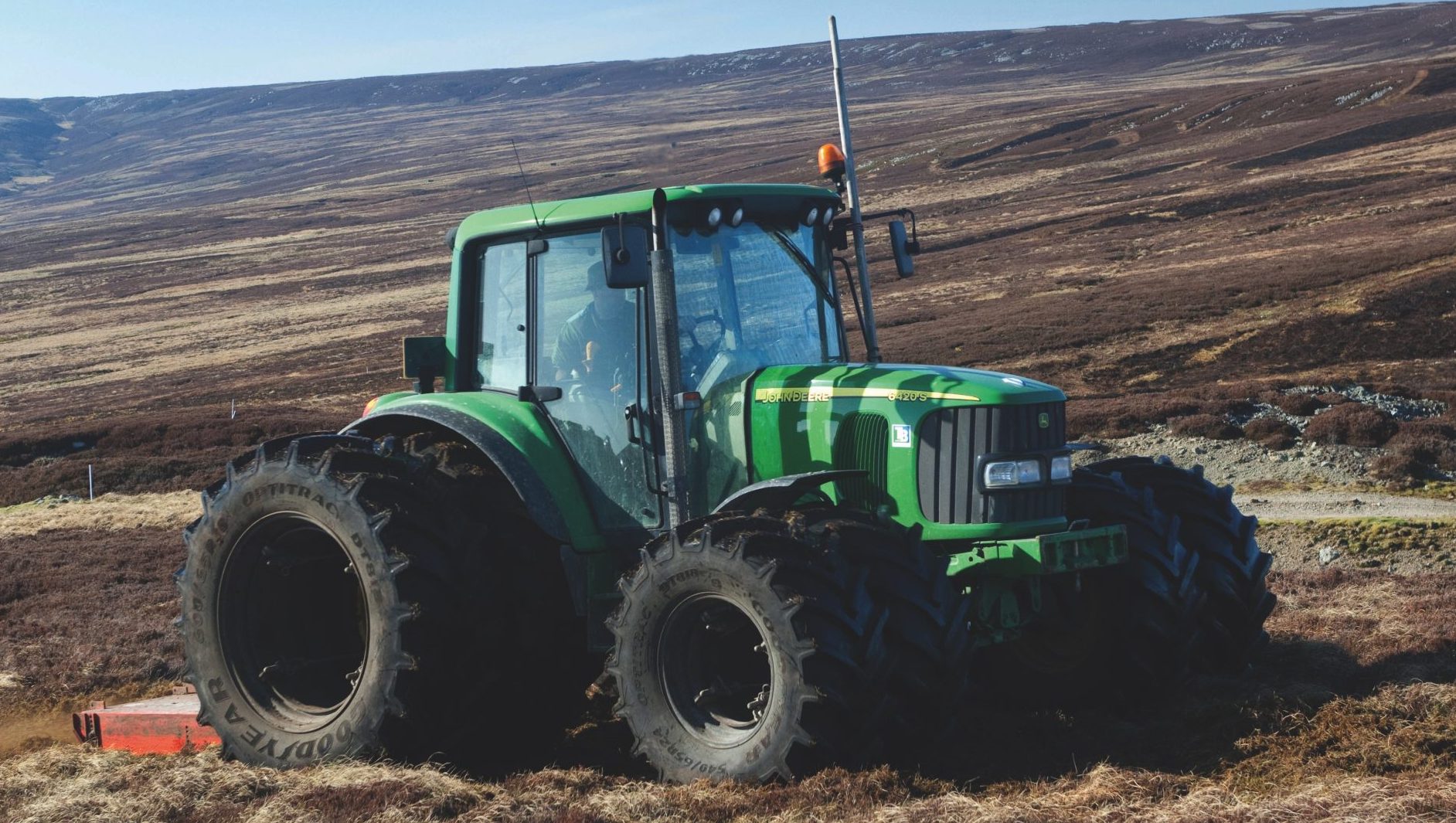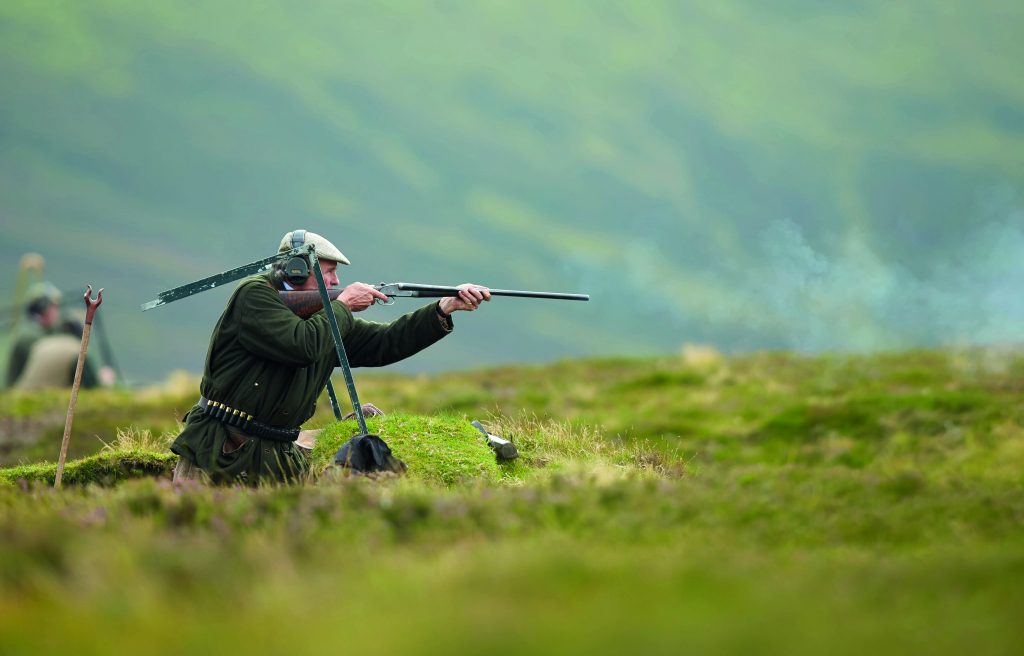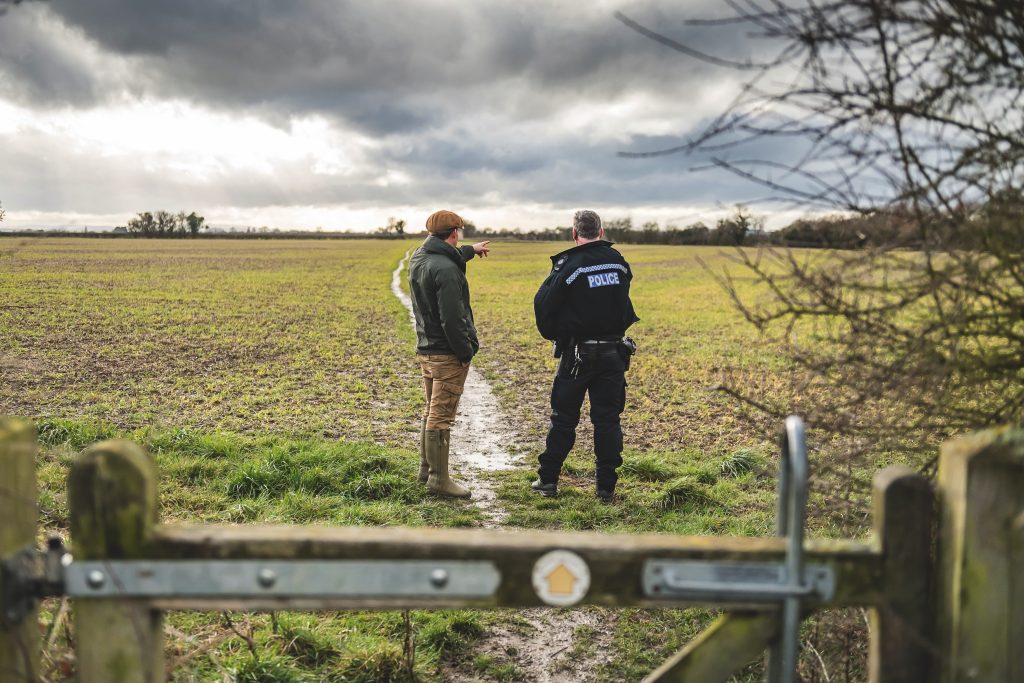- News
- Gundogs
- Shooting
- Recipes
- Gear
-
-
- Industry Jobs
- More
-
-
More
-
-
News
Industry condemns RSPB push for Welsh gamebird restrictions
By Hollis Butler (Group News Editor)
-
News
Wildfire grants for keepers after Scotland’s largest blaze
By Hollis Butler (Group News Editor)
-
-
Win CENS ProFlex DX5 earplugs worth £1,149 – enter here
Are ex-layer pheasants worthwhile or a waste of time and money?
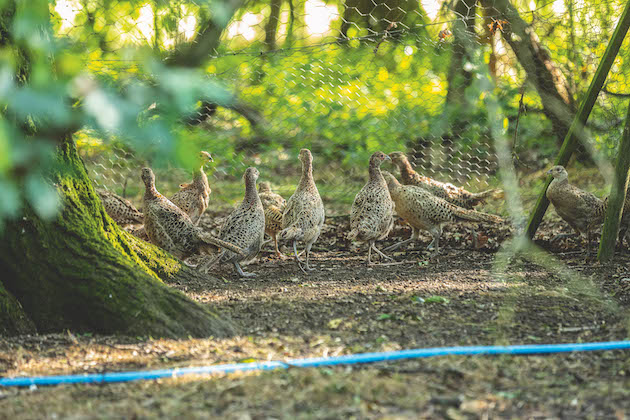 Adam Cope. Ex-layers
Adam Cope. Ex-layers
At first glance, buying ex-layer pheasants for £2.50 each appears to be excellent value for money when compared with buying in a seven-week-old pheasant poult at £4. But there are, of course, huge differences between the two and there is a reason why one is almost double the price of the other.
There has been so much debate about it over the years, with opinion divided between those who think ex-layer pheasants are a waste of time and money, and their fans who see them as a cheap alternative to poults.
I have a foot in both camps, as we release poults on the main shoot and our ex-layers on the ground where we have our smaller days. There are several reasons for releasing them in different areas, not least the fact that the ex-layers are released when we have picked the last egg and more than a month before any of the poults go out.
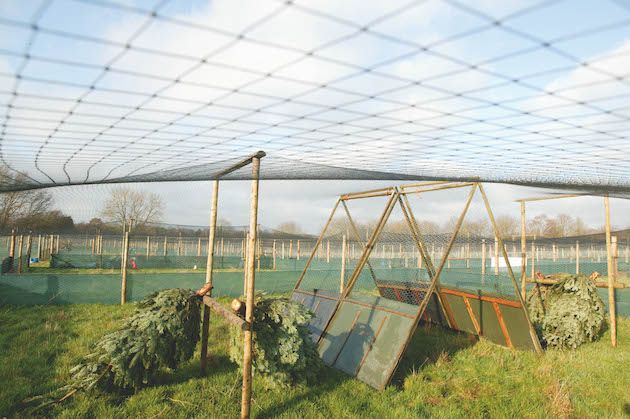
Ex-layers should be released into a proper pen that is warm and features shelter and low roosting
Treat ex-layer pheasants as poults
To succeed with the ex-layers, you need to treat them as you would poults. They must be released in a proper release pen — one that is warm and offers shelter and low roosting. They need worming and weaning off layers’ pellets — in exactly the same way as you would change poults over from grower pellets to wheat — and they need walking back in at night and keeping an eye on in exactly the same way. If they are looked after properly, returns will be similar to those you would expect from your poults.
The most common mistake would-be keepers make with ex-layer pheasants is assuming that, because they are adult birds, they won’t need or take much looking after — you simply let them go. Nothing could be further from the truth.
True, they know how to feed and what a hopper is. They will soon remember that they are safer going to roost than they are when they are sleeping on the ground. They will also be too big for most raptors, but they will have been penned for five or six months and most will have had their wings clipped or brailed to stop them flying into the sides of their laying pens and damaging themselves. Understandably, it will take time for them to readjust and start to behave like wild birds again.
We brail our birds — a brail is a small band of ribbon that is placed over and across one wing that allows it to extend to a degree, but not open fully. The bird is then unbalanced when it tries to fly and simply can’t get airborne. They usually try a few times when they are first put in a laying pen, realise they are unbalanced, that the wings have different lifts and give up trying.
The advantage of releasing brailed birds over ones that have had their wings clipped is that they can fly immediately after the brail is cut and you don’t have to keep them penned up while their flight feathers grow back.
Poults, on the other hand, will shed a poult feather and replace it with an adult feather every five to 10 days. So poults that have had a few of their outer primaries clipped prior to release can be back to fully feathered in a far shorter space of time.
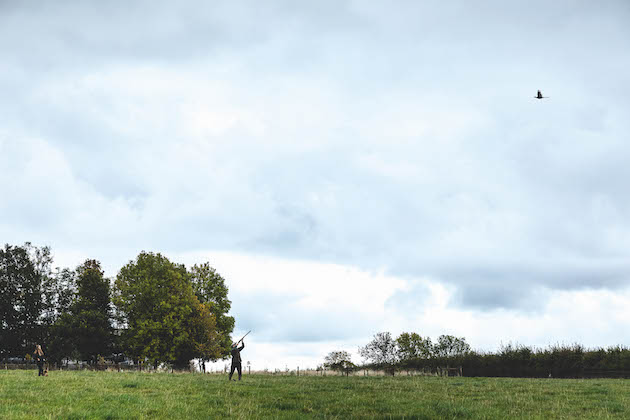
Deciding between poults and ex-layers is a big decision for a shoot and one that needs to be carefully weighed up
Predators
Adult feathers are shed yearly, so you can have quite a wait for clipped ex-layers to be fully feathered and free-flying. They will be able to fly a bit when they are released, but nowhere near strongly enough to be able to avoid predators to the same degree as fully feathered birds.
The birds need worming and multivitamins when they first go in the pen and you need to keep an eye out for disease challenges, though they rarely have the antisocial habits that poults can develop, such as tail pecking.
They wander as well, like poults do. Not necessarily worse, but they go off doing their own thing and will need pushing back home. The only difference here is that poults are usually homed-in on an area as they are initially less confident. Ex-layers know the drill and, because they don’t mind where they end up, they will need to be carefully ushered home, as opposed to being chased back by spaniels.
Disease challenges seem to affect ex-layers less than poults, as they are bigger birds and will no doubt have built up a certain amount of resistance, but they still catch things and will need treating if they are ill.
Buy wisely
How healthy they are and how well they adapt to release will depend on how they have been looked after on the game farm or shoot where you buy them. Where you source your ex-layers is as important as where you source your poults. It is easy to forget about provenance when you are, in effect, buying an adult bird.
Shoots and game farms who sell ex-laying birds should be happy for you to help catch and pick them up, even grateful as it saves them time and labour costs. Small orders of ex-layer pheasants aren’t the money-makers that large orders of poults are. They will probably be fitted in between other jobs that are more pressing.
Catching and collecting them yourself gives you an opportunity to have a look at the birds in the pen before they are caught and shows the seller has nothing to hide. They won’t be catching outwardly fit and healthy looking birds from pens where others are ill or off colour if you are helping.
A hen bird that has finished laying won’t be in pristine condition any more than any other bird that has recently finished laying and is starting to moult. Ditto the cocks. Nevertheless, as with seven-week-old poults, it doesn’t mean they should look rough or be underweight.
As good a guide as anything is to hold them singly when you catch them to make sure they are strong in the hand and a similar weight to birds you have handled in the shooting season. If they are healthy, they will be pretty much the same.
Health is one thing, strain is another. Different strains of bird suit different shoots and, as a number of poults are advertised as one thing crossed with something else, it stands to reason that a lot of adult birds will be one strain or the other. Ask what they are and if they haven’t got what you want, try somewhere else. Don’t let it be the deal-breaker, but you should get what you want if you are spending the money and game farms will know what strain is in which pen.
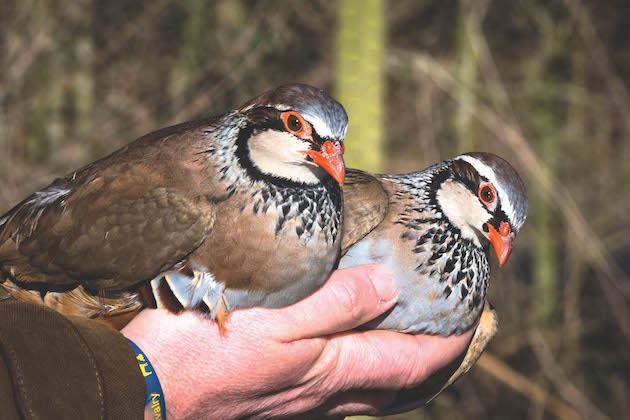
With partridges, it is better to pay for poults instead of taking a risk on ex-layers
Good investment
If you decide to release ex-layer pheasants, look after them as you would poults. Buy healthy birds from a reputable source and don’t view them as cheap shooting. We get a reasonable return of 20% to 25% on ours, but we don’t shoot them that hard and could shoot more if we wanted to simply by having more days. It’s a good investment of time, with the added safety net of an extra drive away from the main shoot should we need it.
I feel I should finish with a comment or two about releasing ex-laying partridges. You can buy them and they are a lot cheaper, but I’ve yet to hear of anyone who has had success with them. The trouble with partridge layers is that they have no homing instinct. They are grown birds and don’t appear to need the security of cover crops like partridge poults do. Post-laying — mid-June/early July — they won’t really be reliant on your feeders. They’ll be strong enough to head off into the distance when they are disturbed and don’t seem to want to come back. If you shoot over a huge acreage, you might catch up with a few, but I wouldn’t bother. It is better to pay more for partridge poults and shoot a reasonable number, than it is to buy ex-layers on the cheap hoping you’ll bump into them.
Related Articles
Get the latest news delivered direct to your door
Subscribe to Shooting Times & Country
Discover the ultimate companion for field sports enthusiasts with Shooting Times & Country Magazine, the UK’s leading weekly publication that has been at the forefront of shooting culture since 1882. Subscribers gain access to expert tips, comprehensive gear reviews, seasonal advice and a vibrant community of like-minded shooters.
Save on shop price when you subscribe with weekly issues featuring in-depth articles on gundog training, exclusive member offers and access to the digital back issue library. A Shooting Times & Country subscription is more than a magazine, don’t just read about the countryside; immerse yourself in its most authoritative and engaging publication.




